There isn’t much to say about the power of data that hasn’t already been said. So, I won’t! But there is much to say about how organizations can use their enterprise data to drive business growth.
Most businesses know and realize what data can do for their growth. And they are eager to utilize this data. Despite the intent, they struggle to unlock its true value. According to Forrester Research, 74% of organizations want to be data-driven, yet only 29% are good at deriving actionable insights from data.
Sounds familiar? It might be time to introduce data governance in your organization. To leverage modern data solutions such as data mesh, data lakehouse, and data fabric and have a successful data strategy, you need a robust data governance framework.
Data is an organization's most significant asset, and data governance allows organizations to utilize this asset. Data governance frameworks ensure that the data is accessible and usable, which further impacts the data analytics process resulting in critical business insights. It also ensures that the data is error-free and secure. With the right data governance framework, you can harness the power of data to accelerate your organizational business growth.
What is data governance?
Data governance involves assessing, managing, utilizing, improving, monitoring, and maintaining organizational data to drive business outcomes. It is about evaluating the business value of the available data, its accuracy, and its application.
Data governance is often misconceived as a published repository of standard definitions or a program driven by the IT department. Yes, data governance involves a business glossary, but it is a part of a more extensive process. And while IT will always be involved in data governance, business users are equal partners in this system.
Do you need data governance?
Have you heard any of the following statements at your organization?
- The data does not seem right.
- Who owns this data?
- I do not understand this report.
- These metrics are wrong.
- What data exists with each department?
- Where does the data reside?
- How to access that data?
- What are the security policies of each department?
- Do different departments have overlapping data?
- How to comply with data regulations?
If you hear colleagues asking these questions while trying to interpret reports, identify analytics, and extract business intelligence, it is time for you to implement a data governance strategy.
But what makes a successful data governance strategy, and how do you build one?
Crafting a successful data governance strategy involves working with a data governance framework that enables organizations to skillfully manage enterprise data assets, provide clarity on data strategy and policy, transparency on the data life cycle, and the ability to solve data-related issues and challenges consistently.
Let’s look at the data governance framework and its pillars in detail.
What is a data governance framework?
A data governance framework is a collection of people, processes, technology, and culture that helps ensure data quality, integrity, security, discoverability, and usability. The framework must span across the entire lifecycle of a data asset, from data acquisition, processing, storage, and retention, to purging.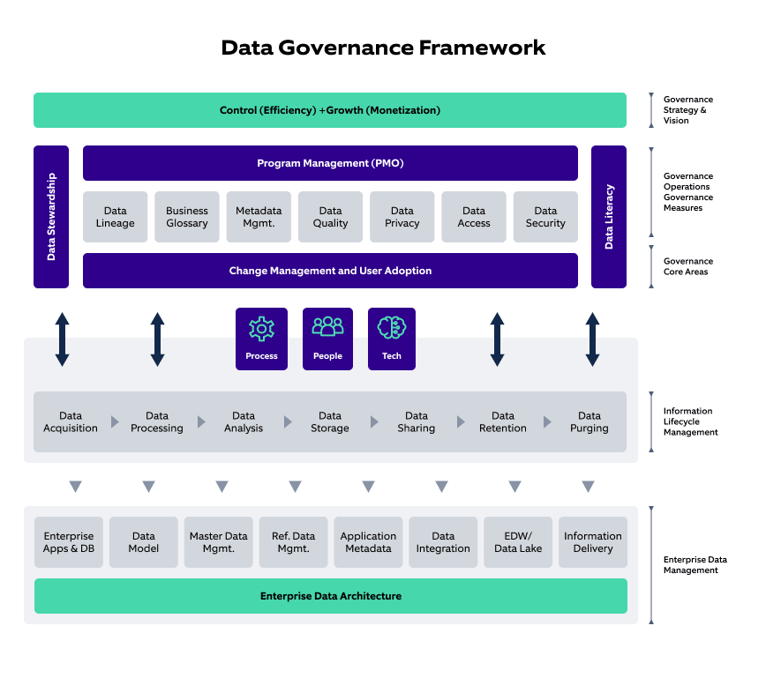
Figure 1: Data governance framework
Pillars of data governance
Data catalog: A data catalog is a centralized location for metadata. It has the following attributes:
-
It is an easily accessible system with quick and easy search capabilities
- It gives trusted and quality data assets and forms the basis for data pipelines and analytical reports
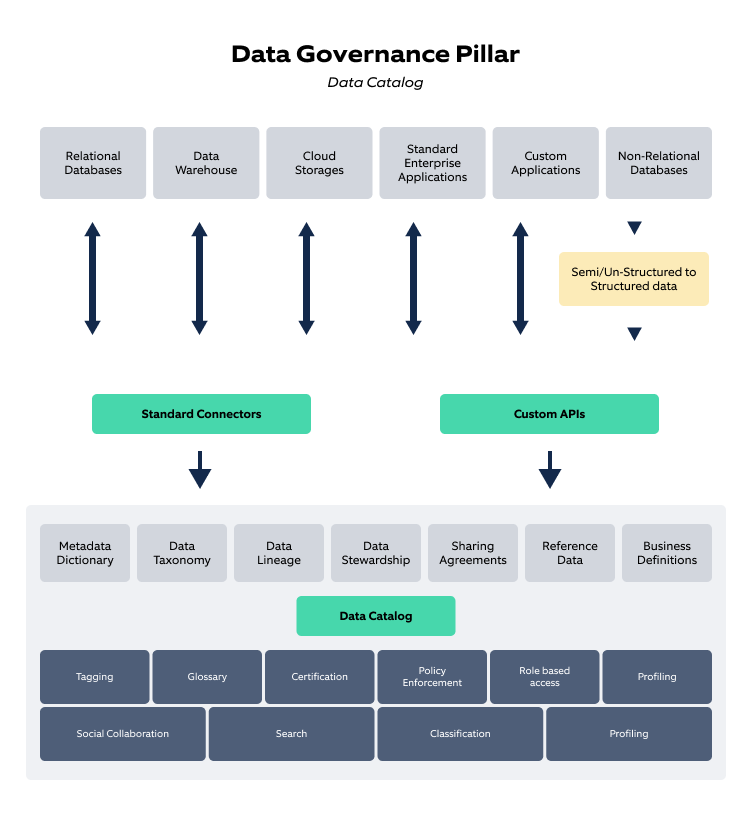
Figure 2:Data governance pillar - Data catalog
Data quality involves establishing processes to find, handle, track, and remedy data quality issues. It includes:
- Focusing on intuitive parameters such as data completeness, uniqueness, timeliness, and consistency
- Ensuring that the data is accessible, easy to interpret, relevant, and accurate
- Detecting data anomalies, data reconciliation, and monitoring process run logs
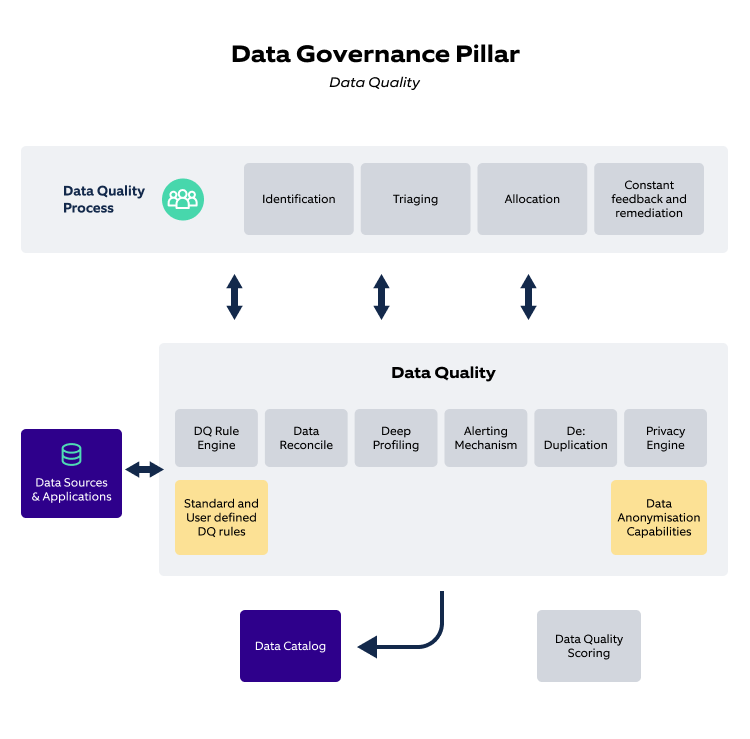
Figure 3: Data governance pillar - Data quality
Stewardship entails establishing a Responsible, Accountable, Consulted, and Informed (RACI) matrix around the data assets. It comprises:
- Aligning different personas to different roles, responsibilities, and expectations
- Processes around compliance, audit, quality, communication, and change management
- Establishing clear ownership to address communication issues and speed up the turnaround time
- Creating traceability for data assets to access any change impact and exploring hidden insights
- Effective change and communication management
- Maximize the understanding of core business concepts and terminology of the organization
- Minimize data misuse due to an inaccurate understanding of business concepts and term
- Support alignment between all stakeholders
- Easy processes, security protocols, and data accessibility
- Processes around consent management and personally identifiable information
- Adherence to industry-wide privacy compliances and regulations such as GDPR and CPIR
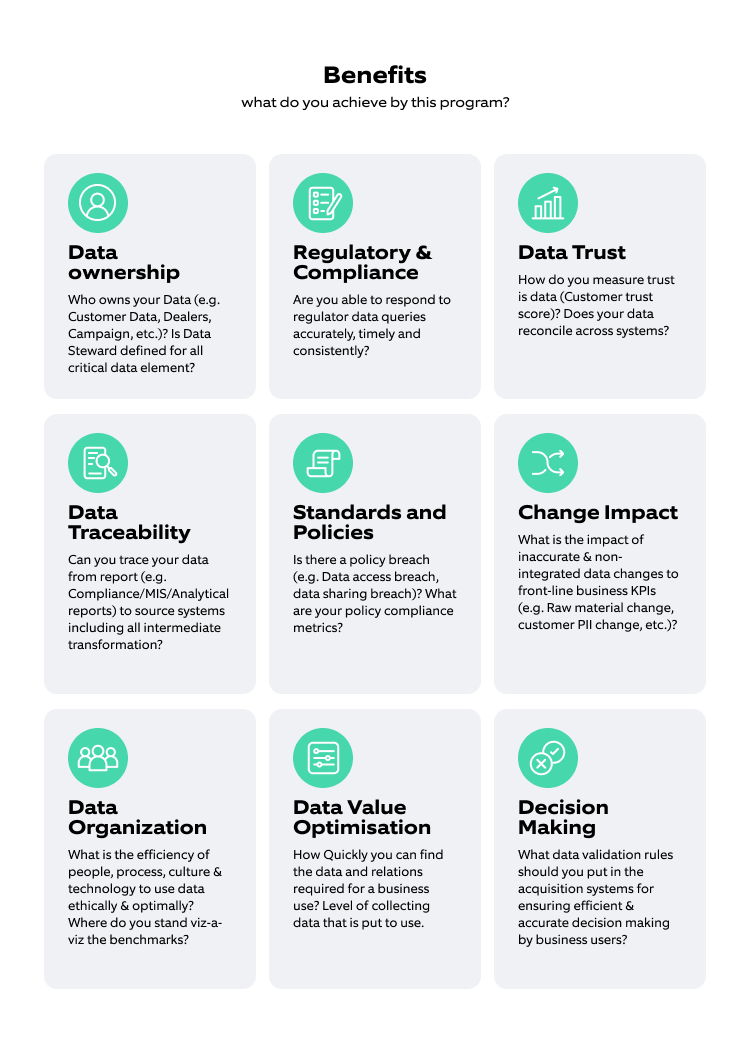
Figure 4: Benefits of implementing a data governance framework
Implementing a data governance framework
The key to a successful data governance framework implementation is that it should be an ongoing and integral part of the organization’s workflow. The following points help you leverage the data framework for an effective data governance strategy:
- Assess your assets: Knowing what you are governing is essential. The data governance framework should be defined around people, processes, domains, and data.
- Start small: Data governance is an iterative and expansive process. Start with a domain, run the framework multiple times until the adherence level is achieved, then expand domain by domain and asset by asset.
- Define data governance strategy: Identify existing processes, users, and workflows. Know where the data resides, how it is used, and which people or applications use it. Understand data protection requirements, and define clear, precise, and attainable goals.
- Work on building a template: Templates are essential for process agility. They help reduce repetitive tasks and reuse existing benefits. The data governance framework template should be something that can be integrated across the organization.
- Define roles and rules: Data governance may involve roles like chief data officer, data governance manager, data owner, data steward, data governance committee, and data governance team. Defining responsibilities speed-up the implementation and drives better management. Identify rules based on geography and government regulations.
- Communicate and collaborate: Communication across different stakeholders is essential for cohesive outcomes. Define periodic engagement within teams.
- Track, maintain and update the framework periodically: Make continual efforts towards refinement to assess performance, address issues and optimize processes.
Some of the data governance tools currently available in the market are Collibra, Alation, Ab Initio, Apache Atlas, Informatica, and Azure Purview.
Below is a high-level overview of the process for implementing a data governance framework.
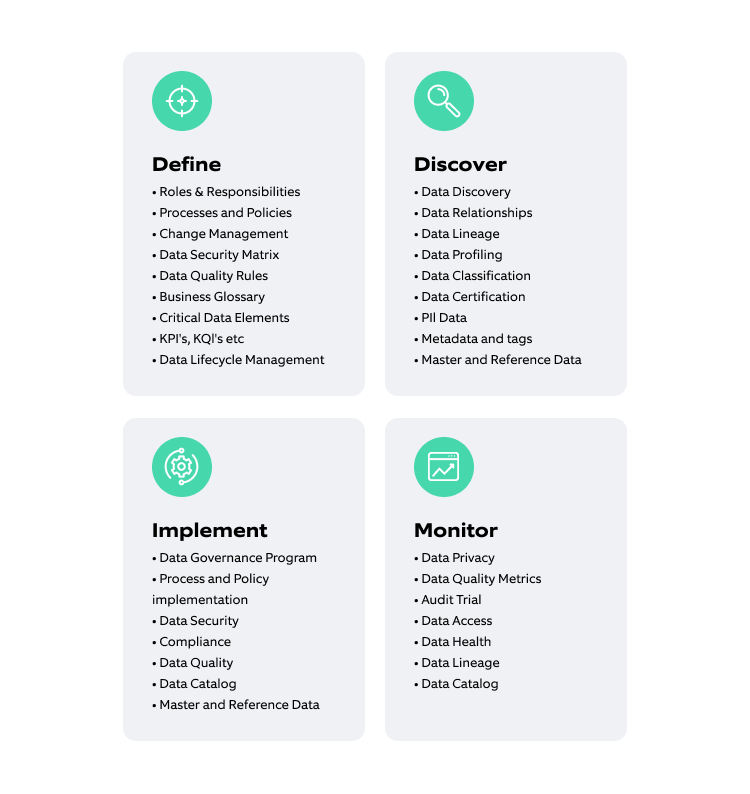
Figure 5: Process of implementing a data governance framework
A leading global apparel and footwear company leveraged data governance to increase its data processing capabilities. They implemented a centralized data governance framework that enabled data accessibility, discovery, and business definitions for critical data elements through data cataloging, metadata management, data quality, and data security. Nagarro co-created the framework as a part of a larger project that led to an 80% improvement in data processing, among other business gains.
At a time when the word digital transformation is almost synonymous with business success, data plays the kingmaker. An effective data governance model is essential to manage data and processes so that it can be used as a consistent, secure, and organized asset that meets policies and standards. If you are surrounded by data but starved for insights, it is time to revisit your data strategy and implement a data governance framework.





